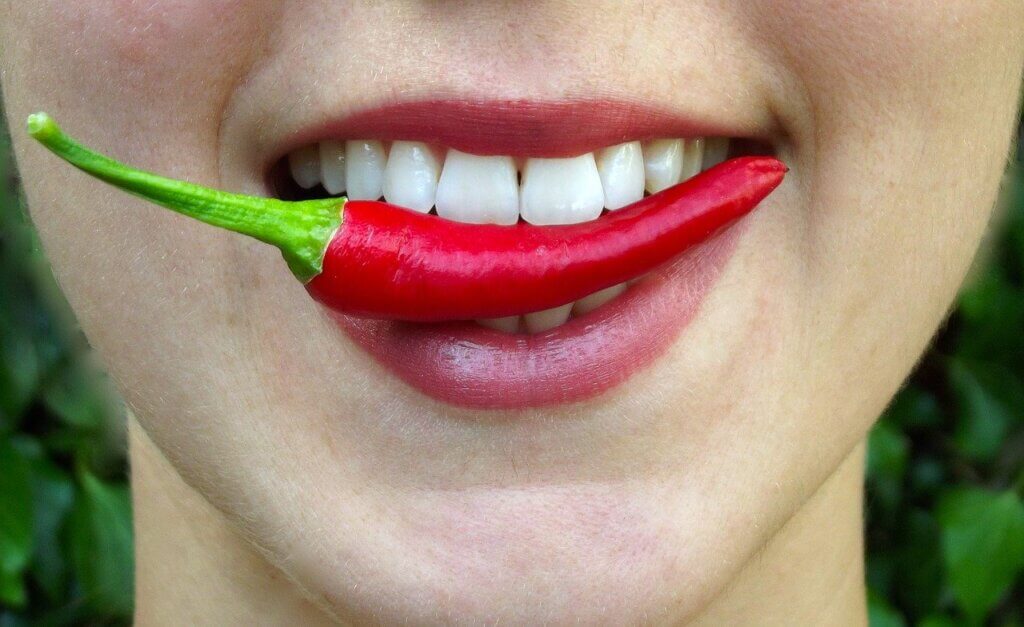Today, we will learn how to use some common adjectives ending in -o in Spanish. Since adjectives agree in gender and number with the noun they describe, it is important to know when the -o ending is correct.
-o ending usually matches masculine nouns
In Spanish, unlike in English, the noun and its adjective have to agree, meaning they must reflect the same gender and number. In most cases, the -o ending indicates that the adjective has taken a masculine singular form. Let’s look at these examples:
Tip: Click on any of the linked sentences in this article (while on a mobile) to add them directly to your Fluent Forever app, so you can study them later. Don’t have our app yet? Download it here!
- Mi esposa tiene el cabello corto y negro como el azabache. (My wife has short jet-black hair.)
- Tengo el labio hinchado de tanto comer comida picante. (My lip is swollen from eating so much spicy food.)

Image by englishlikeanative from Pixabay
In the first sentence, the word cabello is masculine, and therefore the adjectives corto and negro have an -o ending. In the second, the adjective hinchado matches the masculine singular noun labio.
Now let’s consider a different scenario:
- Mi barba no es negra, mi barba es blanca y llena de canas. (My beard is not black, my beard is white and full of gray hairs.)
We can see that since the word barba is feminine, the adjective does not end in -o. In this case, it ends in -a.
Masculine and plural agreement with -o and -s
Let’s observe how the nouns and the adjectives agree in the following sentences. This time, they reflect both the -o ending of the masculine gender and the -s of the plural number:
- Esos sonidos son espantosos y no sé de dónde provienen. (Those sounds are awful, and I don’t know where they are coming from.)
- Mis dientes están más blancos desde que dejé de tomar café. (My teeth are whiter since I stopped drinking coffee.)
Notice how the word dientes in the second example is an irregular masculine form that takes an -e instead of the more common -o ending.
That’s it! Now you can add your -o ending adjectives to your masculine nouns.
Written by Isabel Matos





